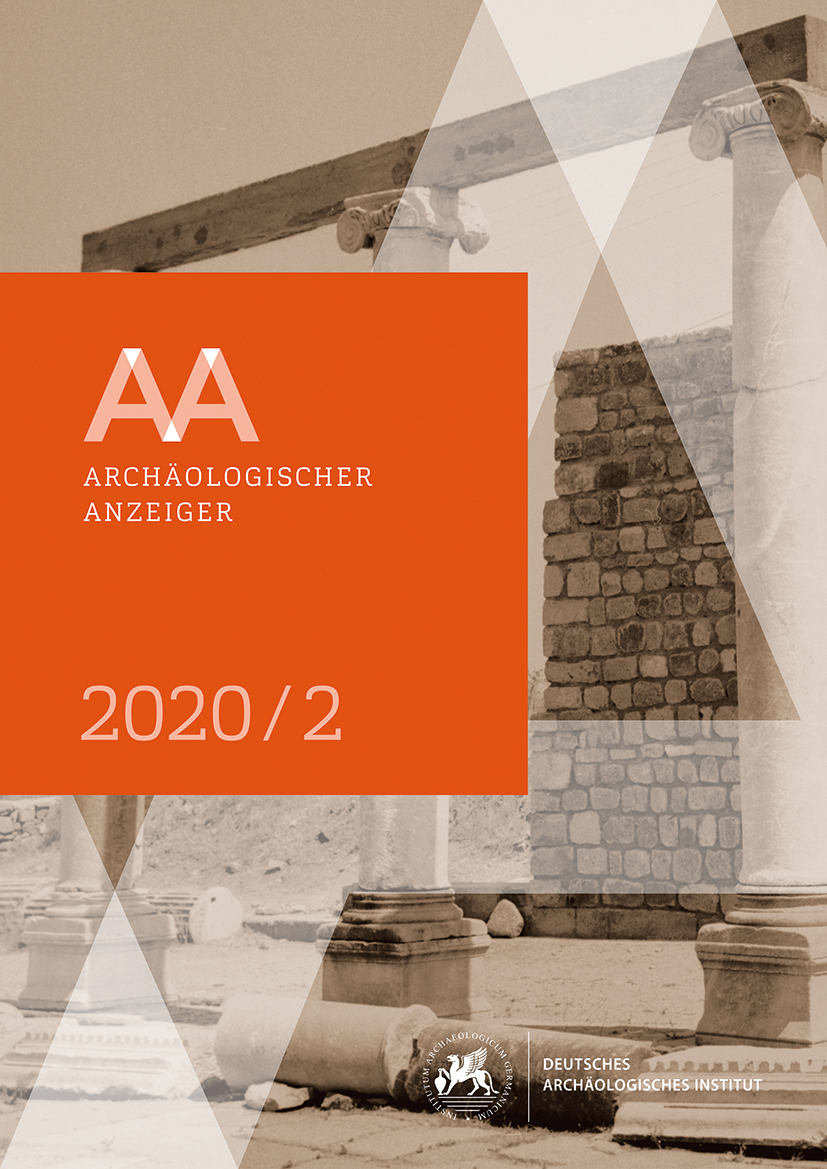Stabian Baths in Pompeii. New Research on the Archaic Defenses of the City
https://doi.org/10.34780/aa.v0i2.1023
Abstract
The plan of the Archaic city of Pompeii and the existence of a distinct walled Altstadt have been much debated in scholarship. The area of the Stabian Baths plays a key role in this debate. Based on a series of excavations in the palaestra of the baths, Heinrich Sulze (1940) and particularly Hans Eschebach (1970s) reconstructed a defensive wall and parallel ditch in this area. Eschebach also identified an Archaic street and city gate in the northern part of the baths. While Eschebach’s reconstruction was challenged by later research, the evidence and his interpretation of his trenches have never been systematically reassessed. It is the aim of this paper to fill this crucial gap. Based on the re-exposition of Sulze’s and Eschebach’s archaeological contexts and new excavations it is shown that no traces of an Archaic wall, robber trench, palisade, or ditch or of any other Archaic features can be securely identified in the area of the Stabian Baths. Focus here is on a key trench in the palaestra (Area III) that had been excavated by both Sulze and Eschebach and provides the most important insights into the development and use of this terrain, from the Bronze Age to A.D. 79. The archaeological contexts are described in detail and interpreted particularly with a view to the early history of Pompeii, and more briefly with a view to the development of the baths.
Parole chiave:
Pompeii, Stabian Baths, Altstadt, Eschebach, stratigraphic excavation





